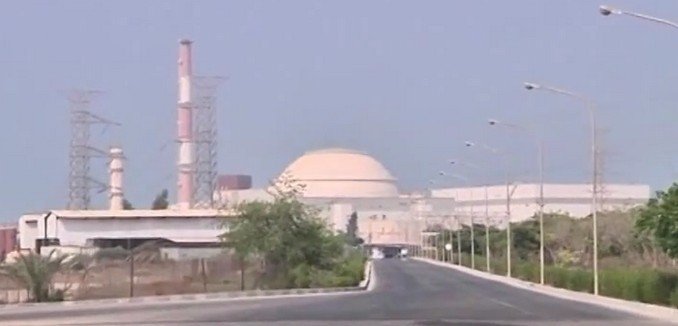The International Atomic Energy Agency’s (IAEA) discovery of uranium particles at the Parchin military complex in Iran underscores the need to grant the agency full access to monitor the site, nuclear experts warned in a brief published Monday. The Obama administration recently acknowledged that the presence of uranium, reported by the IAEA in December, was a sign that nuclear weapons work took place at Parchin.
The Institute for Science and International Security’s president, David Albright, as well as associates Serena Kelleher-Vergantini and Andrea Stricker, argued (.pdf) that determining whether Iran is engaging in proscribed nuclear activities at Parchin will require giving the IAEA greater to access to the site than Iran has so far allowed. Regarding the uranium, they observed that such a discovery would typically prompt a followup investigation to ascertain the nature of the material and whether it was linked to prohibited activities. However, the IAEA has not reported any plans for such a followup.
The lack of certainty over the nuclear activities that have taken place at Parchin remains “an outstanding verification issue affecting the status of Iran’s compliance with its safeguards obligations,” they added. It may be that the IAEA, which was granted only “walk-through” access to Parchin last year, has not insisted on gaining renewed access to the site so as not “to restart a conflict with Iran over this issue.”
However, the IAEA needs to revisit Parchin not only to establish the origin of the uranium, but more generally to ensure that Iran is not “working on key aspects of a nuclear explosive device,” as per last year’s nuclear deal. Without access to Parchin and other military sites, such assurances will be “unverifiable.”
Albright, Kelleher-Vegantini, and Stricker specifically argued that the IAEA must ascertain the fate of the high-explosive chamber at Parchin, which can be used to test detonators for nuclear devices, and determine whether there are any other such chambers at the military base.
“More generally, verifying these weaponization bans will require much greater access and cooperation than Iran has so far been willing to offer. In future quarterly safeguards reports, the IAEA should fully report on the status of Iran’s compliance with these bans,” they concluded.
Behrouz Kamalvandi, the spokesman for the Atomic Energy Organization of Iran, told Iranian media that the Obama administration’s confirmation that the uranium found at Parchin was likely tied to Iran’s past nuclear weapons work was being reported out of “distress.”
“These void measures are exploited for political purposes as the so-called possible military dimensions (PMD) of Iran’s civil nuclear program was also politically motivated,” he added. He was not reported to have offered any explanation for the traces of uranium found at Parchin.
Former Israeli Defense Minister Moshe Yaalon said last year that Israel had “hard evidence” that Iran had pursued nuclear militarization at Parchin after 2003, when the U.S. estimates that Iran halted its efforts to develop a nuclear bomb. (The IAEA’s December report found that Iran was developing a nuclear weapon until 2009). Iran’s parliament passed a law forbidding international inspectors from visiting military sites last year.
In promoting the nuclear deal, President Barack Obama said it represents the “most comprehensive, intrusive inspection regime ever negotiated to monitor a nuclear program.” Yukiya Amano, director general of the IAEA, said in March that the nuclear deal actually limited what his agency could report on.
[Photo: JewishNewsOne / YouTube ]




